
This is the next in a series of articles exploring various OSR RPG systems. This week we're taking a look at Mork Borg by Fria Lingan.
METAL is the aesthetic that Mork Borg oozes, from it’s jagged, black and white art style reminiscent of a death metal album cover to its themes of decay, Vikings and hideous monsters. The unique style of Mork Borg bleeds into the layout of the rules themselves, with art work splashed across the page and words off kilter as though you’re reading some forbidden manuscript that is oozing from reality.
In respect to the rules it's old school D&D turned up to 11. Casters don’t merely run out of spells, they explode. You don’t just take HP damage, you sever limbs, lose eyes or haemorrhage to death. You don’t have a sword as a basic weapon you have someone's Femur bone. You don’t play as a Fighter, Thief or Cleric you play as a Fanged Deserter, a Gutterborn Scum or a Esoteric Hermit. You don’t merely search for gold, you search for bizarre and dangerous occult treasures in a world literally ending.

The final note for character creation reads ‘Name your character if you wish. It will not save you’ sums up the tone of the game perfectly. Indeed the referee is meant to roll on a table every day that will eventually harken the literal end of the game world.
At its core however Mork Borg is a rules lite, class based system. It has 4 core player statistics, Strength, Presence, Agility and Toughness. These reduce the standard 6 spread of stats down with 'Presence' effectively being a combination of Wisdom, Charisma and Intelligence as well as the 'magic' stat.
These are generated as with classic D&D by rolling 3d6 in order. Modifiers range from -3 to +3 and the actual combined number you roll is never used other than to tell you what modifier you have at char creation. We see already that Mork Borg is finding ways to shave off rules from an already light framework by reducing the number of core stats and removing the ability score number entirely.

Mork Borg uses a core d20 against difficulty class resolution mechanic. When attempting a check a character rolls their d20, adds their appropriate modifiers and if they hit the target number they succeed. 12 is given as a 'normal' check, 10 is easy, 14 is difficult, 16 is really hard and 8 is routine. This resolution mechanic is effectively the one used by the 'd20' system which launched with Third Edition Dungeons & Dragons and is still used by Fifth Edition D&D to this day. This veers from traditional resolution mechanics found in old school games that stay more true to Original & Basic D&D however in practice this does tie well to the principle of simplicity inherent in 'OSR' principles.
It makes adjudicating rules a lot easier as the referee can just ask for a d20 roll, rather than wondering if it would be more appropriate for say the Thief trying to climb a slippery wall whilst being attacked to roll a d100 to climb or roll 3d6 under Dex, or make a save. There's a counter argument that tying everything to one roll can spoil the creativity inherent in old school games where players will instead look to find a way to just roll an ability check rather than describe what they are doing within the scene. In respect to Mork Borg it has a well designed and rules lite enough core, whilst omitting clunkier things like a skill system, that you are never in danger of veering too towards that level of 'bland complexity.'
Mork Borg is meant to be played standard as a classless system with rules to quickly generate a simple but versatile character. However the game provides a variety of classes that echo the traditional D&D ones that are hard to ignore due to how evocative they are in description and aesthetic.

The Fanged Deserter is the fighting type. They get increased Strength and HP, a bite attack and a selection of bizarre potential starting abilities. Each class gets one of these rolled at random.
The Fanged Deserter can start the game with The Brown Scimitar of Galgenbeck which gives bonuses to attack and defence and can cause sepsis in foes. Or they can possess the Crumpled Monster Mask which strikes fear into creatures such as goblins or children forcing morale checks. Another ability gives them an Ancient Gore Hound as a companion beast. Starting a character with effectively a magic item or beast companion can feel quite powerful compared to getting only mundane items in OD&D & Basic D&D. However these are really class abilities and fragile ones at that considering companion beasts can die and in Mork Borg your items can break.

The Gutterborn Scum is the ‘Thief’ class, they get boosts to their Presence and Agility tests and a range of abilities including ‘Excretal Stealth’, which significantly boosts your ability to hide but only when in muck, debris and filth. Abominable Gob Lobber lets them shoot blasts of viscous, lumpy phlegm at foes which can blind them and cause them to vomit. Subtle this game is not.

The Heretical Priest is loosely the ‘Cleric’ class, they gain a bonus to Presence and can use powers which they get from scrolls whilst wearing medium armour. They also get d4 omens to start with, compared to the usual d2 of other classes. Omens act as a sort of luck point, they can be spent to have effects such as re-rolling a die, neutralising a crit or fumble or dealing max damage with an attack. Omens are regained after a rest of six hours. The Heretical Priest further has abilities which range from the List of Sins which surrounds evil creatures with a strange light and gives the priest a +2 against defending from them and the 666 ‘Wrong Jesus Crucifix’ which can instantly force undead , lesser trolls and goblins to flee from its presence.

The Esoteric Hermit is loosely analogous to a Magic-User. They are one of the best classes at using spell scrolls in the game, they get a boost to their Presence skill and begin the game with a spell scroll. Their abilities range from being able to summon daily spell scrolls, to the Book of Boiling Blood which can summon Berserkers from a blood dimension to aid you. They can also get a loyal, intelligent Hawk companion.
In terms of spell scrolls anyone can use a scroll as long as they are wearing light or no armour and not using zweihand weapons, except for the Gutterborn Scum who can’t use them at all, however ‘magic’ classes are better at using them and get more abilities associated with them.
Scrolls are split into ‘sacred’ and ‘unclean’ representing loosely what we’d consider ‘Clerical’ magic and ‘Magic-User’ magic. Unclean scrolls have effects such as shooting balls of fire, summoning undead or forcing a creature to suffocate to death as their capillaries turn to husks. Sacred Scrolls have effects such as healing, speaking with animals, lighting areas or raising the dead back to life rather.
Scrolls are the core means magical powers are found and used within the game. A character rolls Presence+d4 every day to determine how many spells they can cast per day, when they cast they choose from their available scrolls and make a DR12 presence check. Success means the spell is cast, failure causes d2 HP loss and the spellcaster to be dizzy for the next hour meaning their spells will always fail. A natural 1 on the check can trigger the arcane catastrophes table with effects such as the casters eyes burning out into bloody pits, a gnashing gap-toothed mouth splitting open the casters necks and speaking their secrets until fed blood or instant death as the two-headed basilisk devours you.

Within old school D&D magic uses the Vancian system, at first level a Magic User typically gets one spell and they can learn and cast more as they level up. Spells are increasingly powerful though at early levels remain quite modest such as the 1d6+1 damage of magic missile.
Mork Borg in contrast has far more powerful magic, with wild effects and most characters getting access to it however it comes with a lot more danger and is limited via the amount of spell scrolls a character has access to.
In a paradoxical way in practice this makes magic a lot rarer in Mork Borg as players will be reticent to use spells that can backfire on them and are limited by them as consumables. Magic is a lot more predictable in D&D where you know exactly how many spells you have access to and can cast per day and exactly what they do. To use a real life example imagine how low smart phone usage would be if they had a 5% chance to explode and kill you and everyone around you every time you turned them on...

There’s two additional classes on top of the core 4 selection. The Wretched Royalty is described as painfully average, a noble who has lost their glory and has little but their worthless name left. They do get the most money to start with and access to two of their abilities at the start. These range from a Blade of your Ancestors a magic weapon with boosted attack and damage but which has a 1 in 6 chance of attacking you or allies due to despising you. There’s also an Old Dented Trumpet which if blown can cause an ally to automatically succeed at a task as well as an arrogant, intelligent magical steed which can boost your Presence tests if you can persuade it to care.
The Occult Herbmaster, born of the mushroom, gets boosts to toughness and carries a portable laboratory which can be used to produce various different potions with a variety of effects. These range from healing and poison, to spider-owl soup which allows you to see in darkness and climb on walls or Hypho’s Enervating Snuff which allows for extra berserk attacks in combat.
The combat mechanics are clean, creatures and enemies never roll dice and everything is player facing with players rolling for their attack and defence. Strength and Presence are rolled for melee and ranged attacks and agility for defence. These are all against a flat difficulty rating of 12, meaning you have to roll d20+modifier and get a 12 to succeed.
Armour functions as damage reduction, which goes from -d2 to -d4 to -d6 for light, medium and heavy armour respectively. Weapons typically deal damage from d2 to d10 depending on their type with most dealing standard weapons like clubs and bows dealing d6.
Combat is deadly and lethal in OSR tradition, most characters have d8+toughness modifier HP to start when a character goes to 0 they are ‘broken’ and roll a d4. On a 4 they die, on a 3 they die unless treated by a high DR check, on a 2 they lose a limb or even an eye and on a 1 they are unconscious for d4 rounds.
There’s crits and fumbles too which have a simplistic brutality to them, if a character rolls a natural 1 on a defence die they take double damage and their armor is reduced, if on an attack their weapon breaks. If they roll a natural 20 they do double damage themselves on attack and on defence they get a free attack against their opponent.
That combined with Mork Borgs turn based group initiative makes combats quite dynamic and messy and in practice can take a little bit longer than combat in old school D&D due to the reaction based resolution.

Healing is at a rate of d6 per night for a full rest and d4 for a short rest, higher than the 1 HP per night in B/X but still low by most standards. You also specifically need to eat or no HP is restored when resting.
Advancement is abstracted, the referee decides when characters advance which can be when a scenario is completed, a treasure is brought home or a mighty foe defeated. Characters that level up get an increase to HP, a potential increase to ability scores based on a die roll and potentially some silver or a scroll. Characters in Mork Borg tend to have a short shelf life so this does fit with effectively the characters who survived the scenario being able to advance.
There’s a smattering of monsters described and stated out in the book, they contain familiar fantasy creatures such as goblins, trolls and undead but with unique twists to them. Goblins are all cursed and were once humans that now live a wretched life in their prison of gangly flesh, they can spread their curse to those they attack making them far more terrifying to fight than your average goblin. Trolls are cowardly beasts that get bigger when they take damage, so will often retreat only to return larger and never forget those who harmed them. Undead range from blood drenched, silent skeletons that can mimic the voices of the living to lure victims to Lady Porcelain, which are undead children buried in porcelain dolls who rise vengeful to the living.
Many of the monster entries have a note which informs how much the monster can be sold for, a Lich if captured for example can earn the lucky party 200 silver, which it's skull can earn 100 silver. A mechanic that encourages a party to take a Lich alive feels very ‘OSR’ in the sense of finding plans to circumvent combat to avoid or indeed capture an enemy.
The game comes with a sample dungeon crawl at the end, ‘The Shadow King’s Lost Heir', which has the party exploring an infamous underground locale known as The Accursed Den in hunt for the one true heir of the King Aldon.
The dungeon is small but well designed with each room being well detailed and appropriately bizarre and full of things that want to kill you, there’s also lists of random encounters within and guidance on where to roll them within the dungeon.

There’s no game structures for dungeon crawls or wilderness exploration in Mork Borg and it’s left up to the referee on how to adjudicate such things however there’s various tables to spark ideas for adventure seeds as well as to randomly generate features of dungeons to explore. Likewise the dungeons aren't drawn with any care towards exact number of 10 ft grids and it's again up to the referee to interpret distances.
Mork Borg is an example of how a combination of unique mechanics and going incredibly hard on a specific theme can turn a roleplaying game into a gorgeous, living entity that you can immediately just ‘get’ based on the sheer flavour of the thing.

Thanks for reading! If you're interested in a trio of OSE compatible, old school fantasy adventures check out Albion Tales.
Subscribe to the Leyline Press newsletter here to receive updates on our blogs, promotions, games and more.
Follow us on twitter @leylinepress
Follow us on facebook @leylinepress
Follow us on instagram @leylinepress
Follow us on tiktok @leylinepress
Subscribe to this blogs RSS feed by pasting this into your feed reader - https://leyline.press/blogs/leyline-press-blog.atom
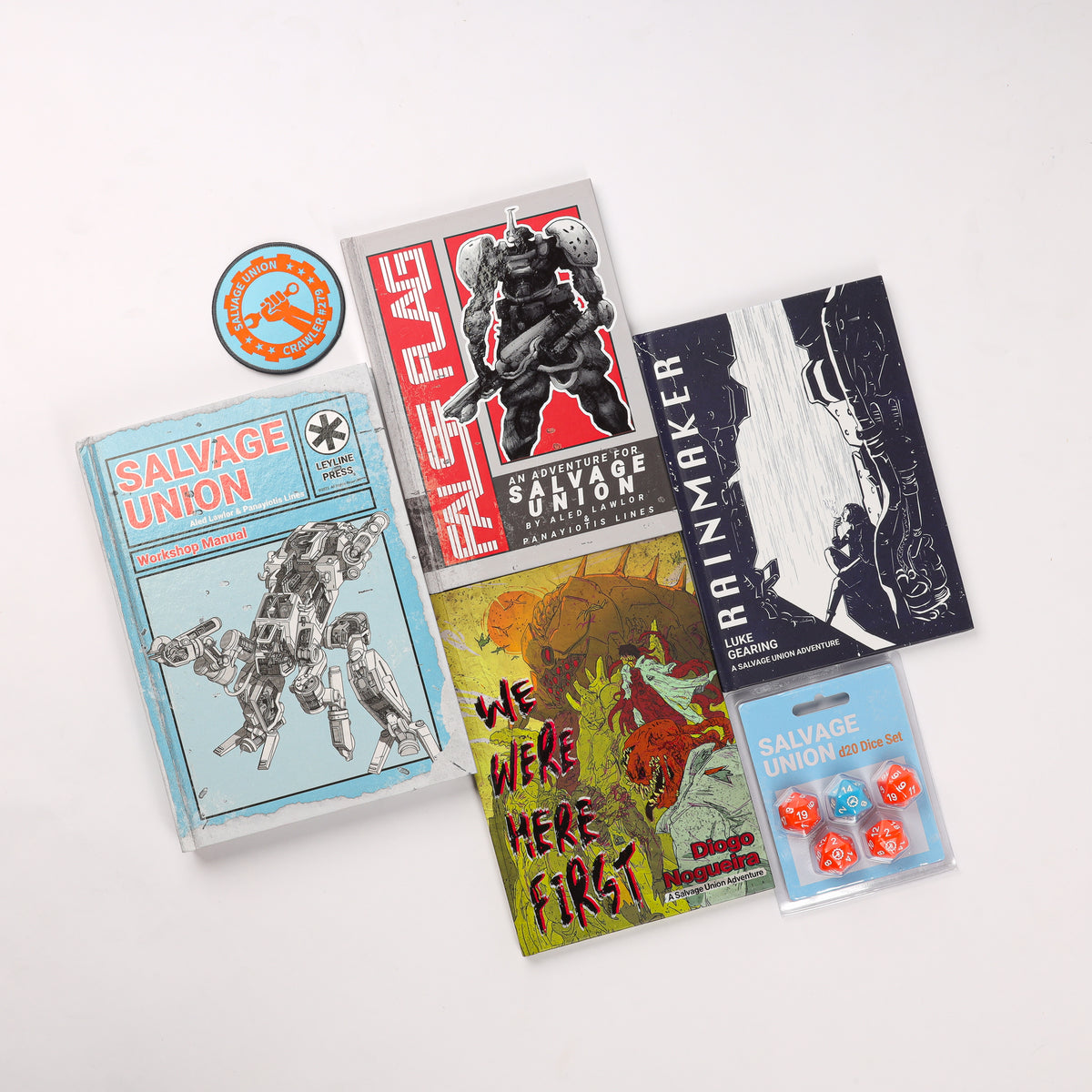
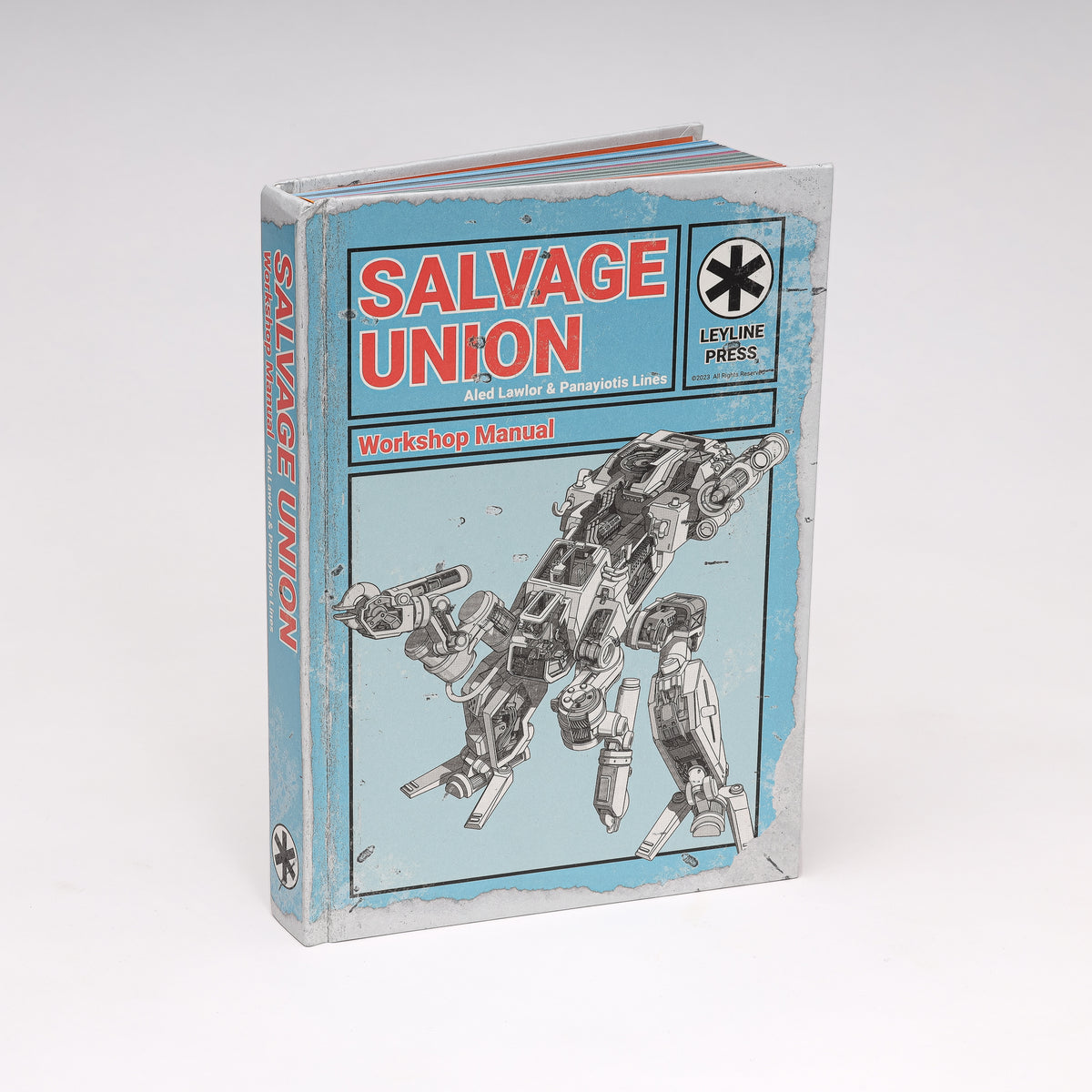
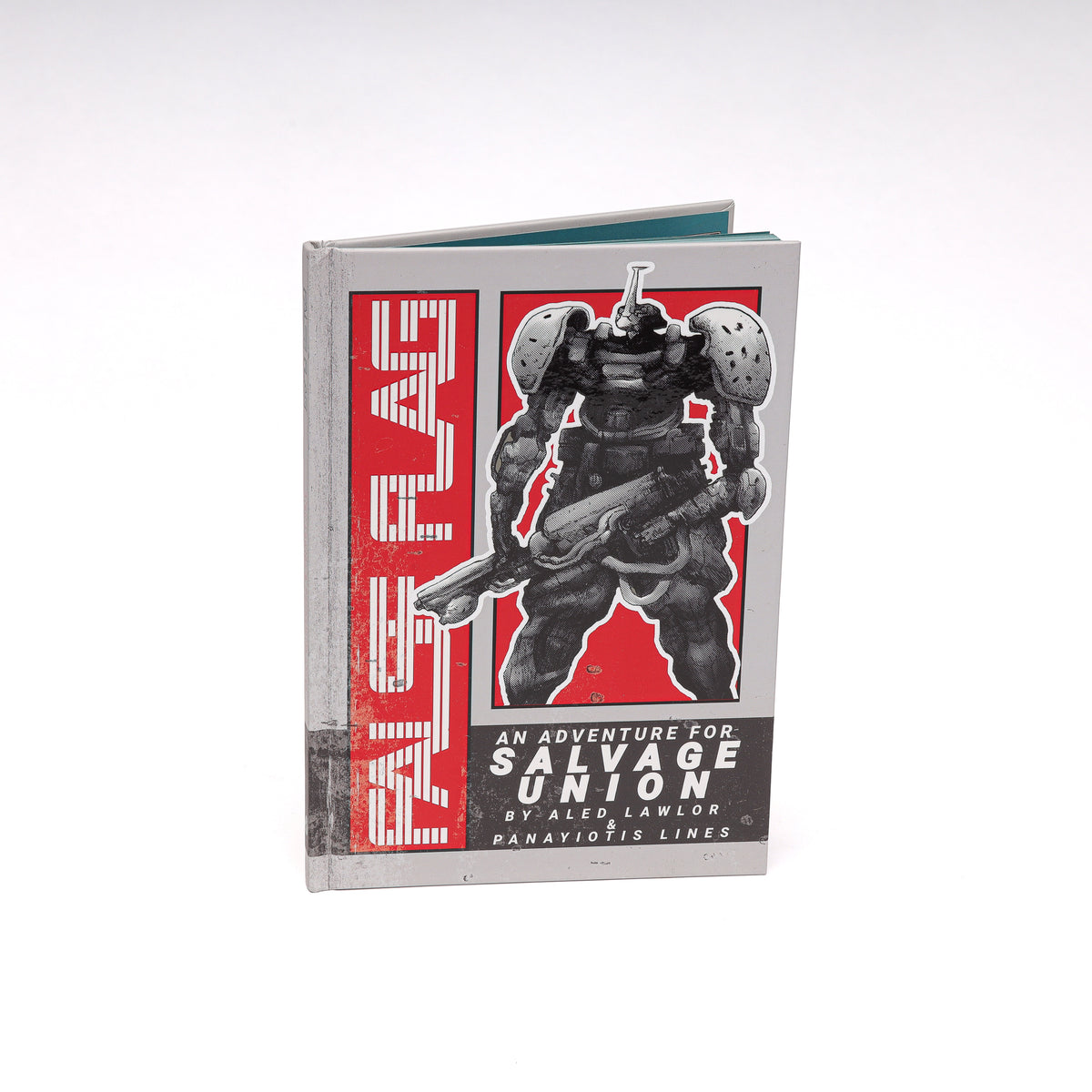
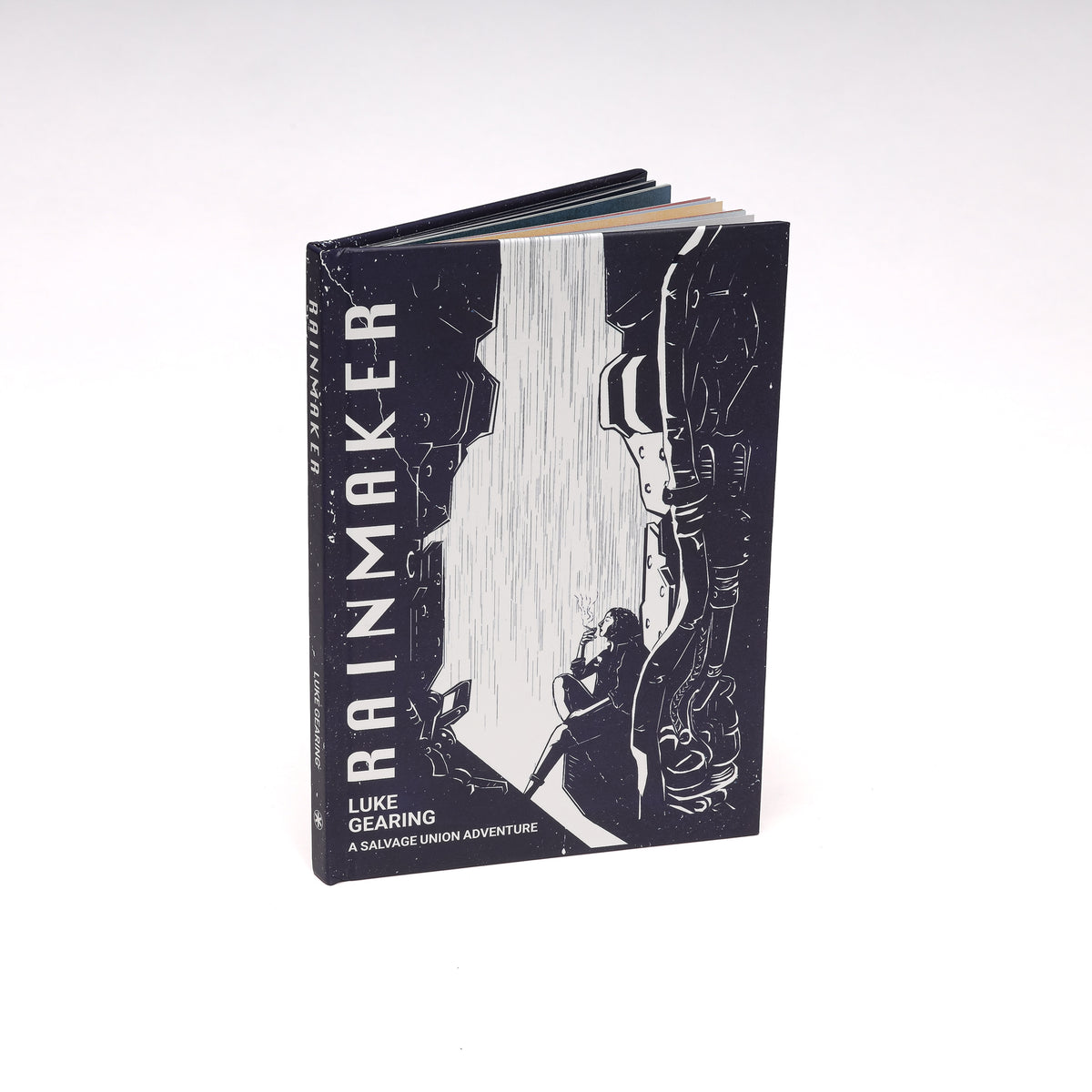

2 comments
I absolutely adore Mork Borg. This game saved me when I was at my wits end with the power creep and rules bloat of 5E. It’s the game the open up my world to the OSR and other alt TTRPGS. Plus, being a norwegian metal-head, this shit just resonates so hard with me. I love it.
I find this game incredibly fascinating, but it’s so simple that I have trouble when I try to run it. I started with D&D 3.5, so these light OSR-style rules end up causing me more problems than help.